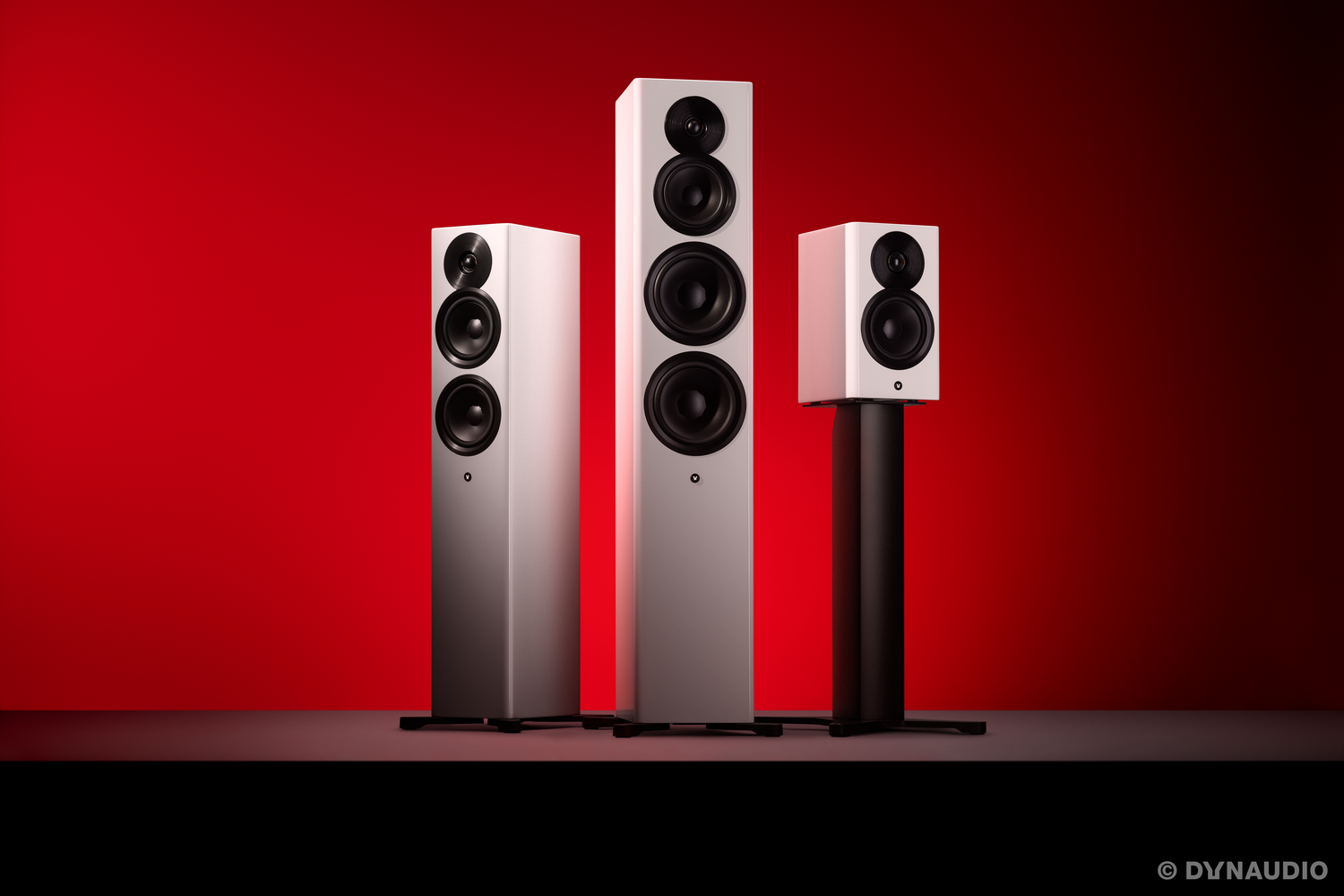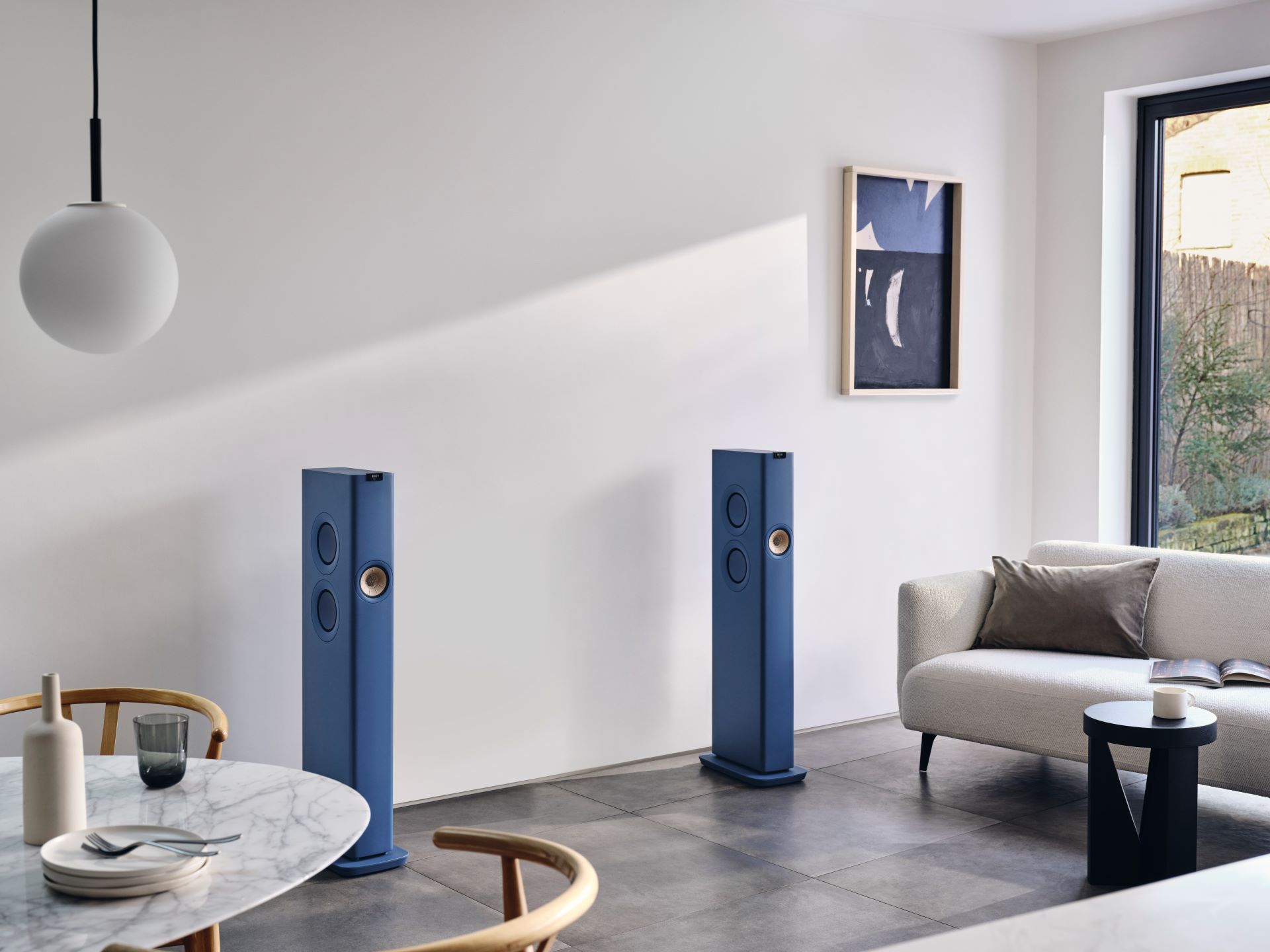Streaming speakers with HDMI are the soundbar alternative we’ve been waiting on
Modern speakers are catching up with the smarts of soundbars

Speakers that operate wirelessly without need for external gear like an amplifier, disc player and, most important, wires, have been with us for some time. Many are familiar with Sonos, perhaps the company that can most strongly claim to have started the trend of all-in-one powered streaming speakers.
Models like the Sonos One, Sonos One SL, and Sonos Five connect to your home’s Wi-Fi and operate solo to stream tunes directly from Spotify, Apple Music and other services, and they can also be paired with other Sonos speakers to go stereo or to add surround sound.
Knowing a good thing when they saw it, big tech companies followed in Sonos’ footsteps with the likes of the Apple HomePod and HomePod Mini, Amazon Echo, and Google Nest Audio.
As that gold rush unfolded, British speaker maker KEF was busy claiming the space for high-end audio with its LS50 Wireless and LS50 Wireless II speakers ($2,500/pair), active models that provide built-in streaming of Spotify, Apple Music, Amazon Music, Tidal and Qobuz music services, along with wireless casting via Google Chromecast and AirPlay 2. The LS50s are impressively well-built speakers that use an innovative coaxial driver arrangement to optimize sound quality over a wide listening area. They may be a good deal pricier than a pair of HomePod Minis, but when you hear the difference in sound quality, the extra cost is worth it.
One thing KEF added to the LS50 Wireless II that isn’t found on non-soundbar Sonos speakers and the company’s big-tech followers is an HDMI eARC port for connection to a smart TV. This feature, in effect, makes a pair of LS50 Wireless II speakers a fancy, higher-performance alternative to a soundbar.
KEF recently expanded the LS50 Wireless II concept to tower speakers with the addition of its LS60 Wireless ($7,000/pair), a floorstanding speaker with the same feature set as the previous model, but with extended bass reproduction capability.

Another high-end maker, Dynaudio, presented its own take on the streaming speaker at the recent Munich High End show. The company’s new Focus range (opening image) includes bookshelf and floorstanding models ranging from $5,500-$11,000. These have built-in support for Spotify Connect and TIDAL Connect, along with Apple AirPlay 2 and Google Chromecast, and they feature the sleek Danish design chops listeners expect from the brand.
Unlike the KEFs there’s no HDMI eARC port, but the new Focus speakers do have an optical digital input for a TV connection plus WiSA wireless connectivity for linking with a compatible wireless surround sound TV from LG or Hisense. As if all that weren't enough to pack in, Focus models also feature onboard Dirac Live room correction processing - a first for a streaming speaker.
A similar option shown at Munich, though it premiered earlier this year at CES 2022, is the Prime Wireless Pro from US-based SVS. A gen-2 version of the company’s Prime Wireless speakers, the new model promises deeper bass via a larger 5.25-inch woofer (paired in this case with a 1-inch aluminium dome tweeter), while a powerful 200-watt (50 watts x 4) built-in amplifier should yield more than sufficient sound output.
The Pro supports Spotify Connect and DTS-Play Fi along with Chromecast built-in and AirPlay 2. Another key feature is an HDMI eARC port for a smart TV connection. At just $799 pair, the Prime Wireless Pro, which is expected to ship in June, presents a more budget-friendly option than the KEFs and Dynaudios, though one that’s still firmly rooted in the high-performance camp.
Are stereo speakers better than soundbars?
There’s no denying the advantages of soundbars, which take TV audio to the next level by increasing dialogue clarity, expanding the dynamic range of soundtracks and in some cases adding Dolby Atmos overhead effects. And many provide all of that at a very affordable price. But if you also want to stream music on the same system, you may find soundbars fall short in comparison to stereo speakers.
While the three options discussed above are generally pricier than an average soundbar system (though the SVS comes close), they should all excel when it comes to music-listening too. And with connectivity options for linking to a smart TV, you’ll be covered when it comes to streaming movies and the latest shows.
Get daily insight, inspiration and deals in your inbox
Sign up for breaking news, reviews, opinion, top tech deals, and more.

Al Griffin has been writing about and reviewing A/V tech since the days LaserDiscs roamed the earth, and was previously the editor of Sound & Vision magazine.
When not reviewing the latest and greatest gear or watching movies at home, he can usually be found out and about on a bike.